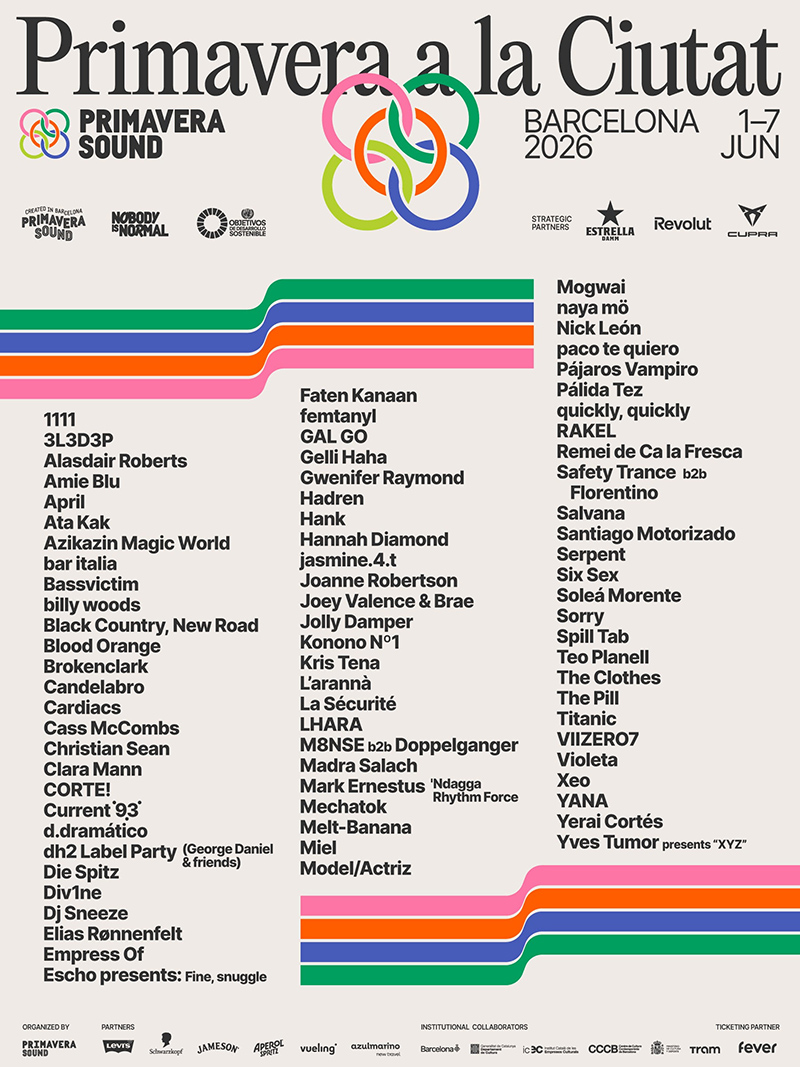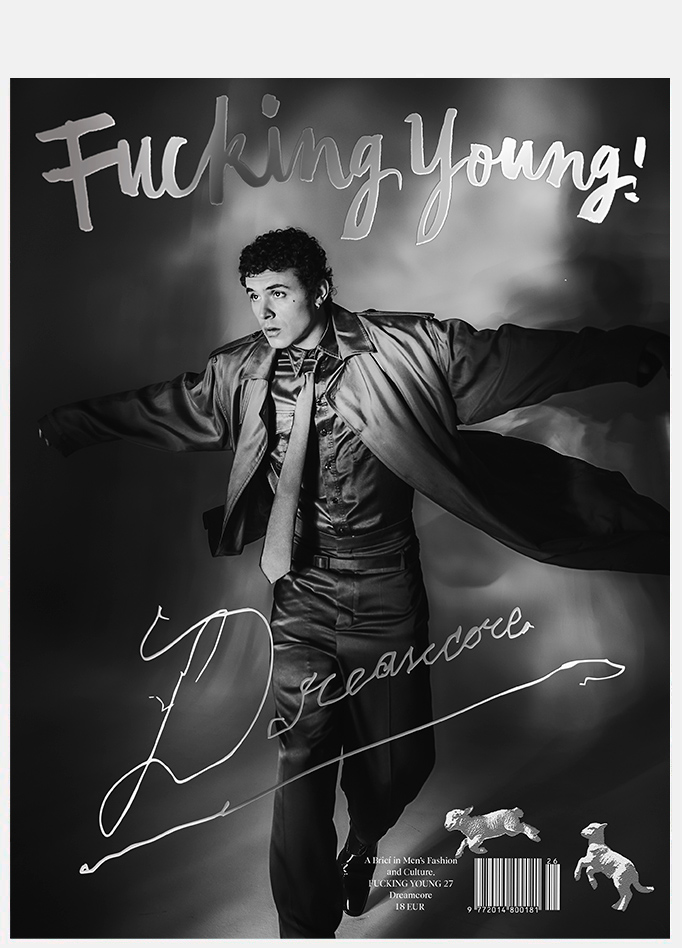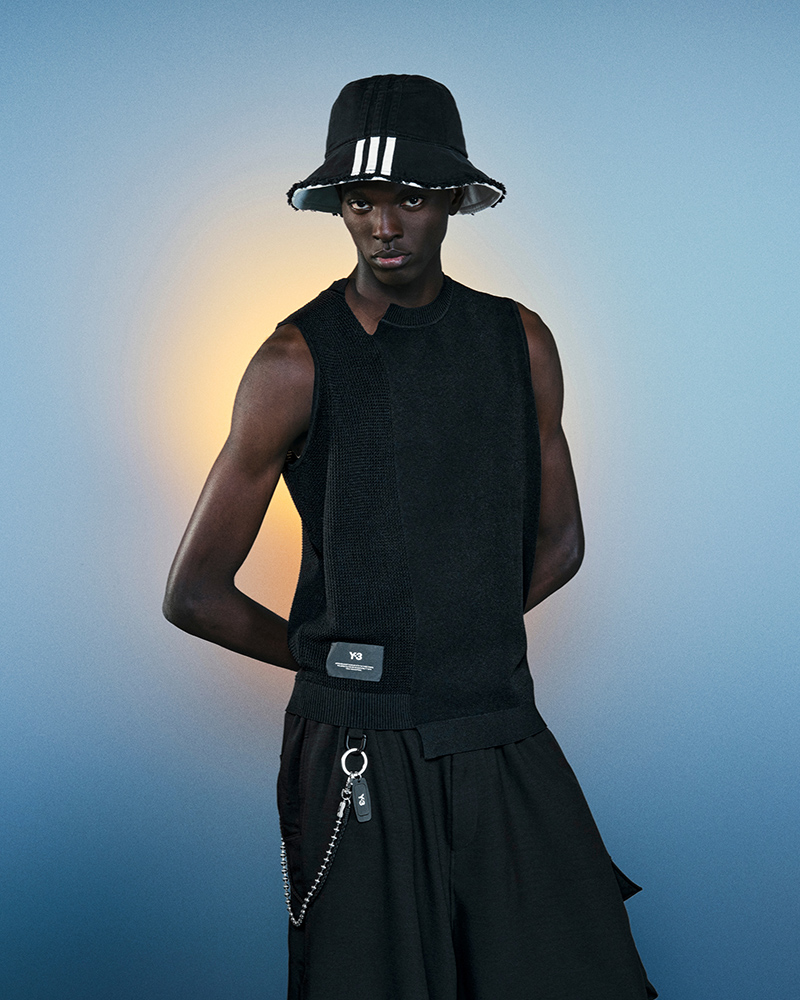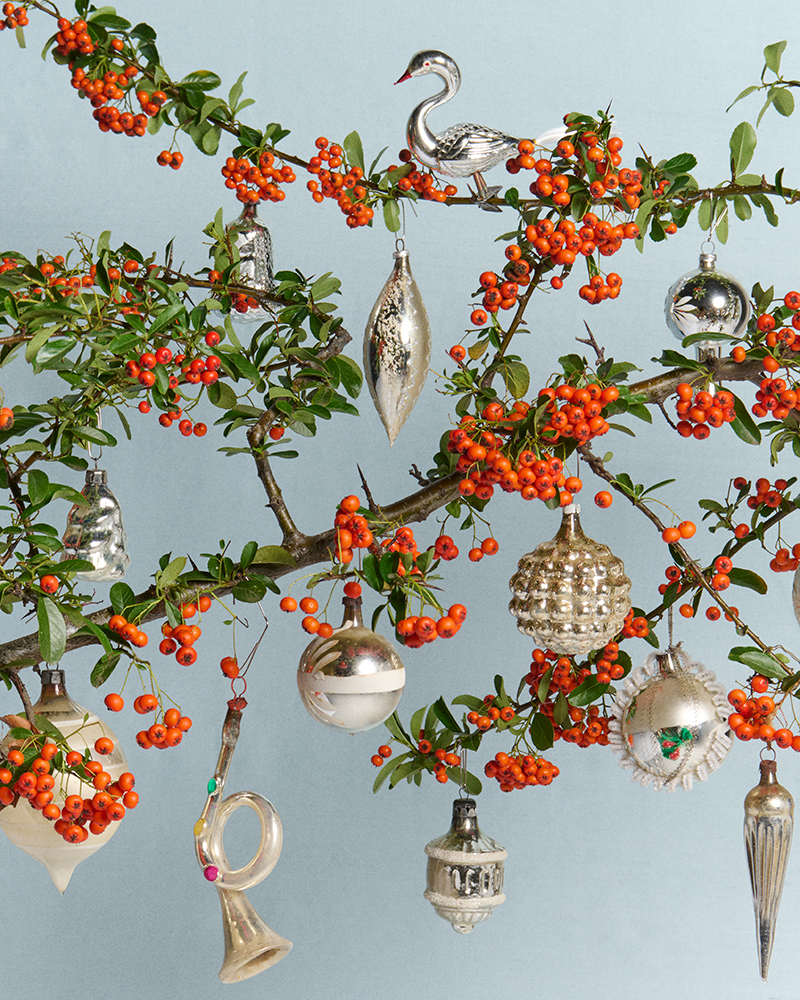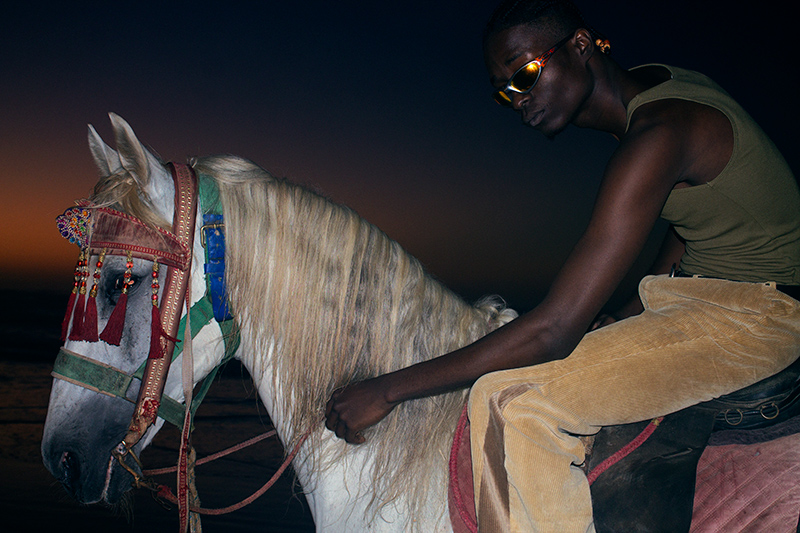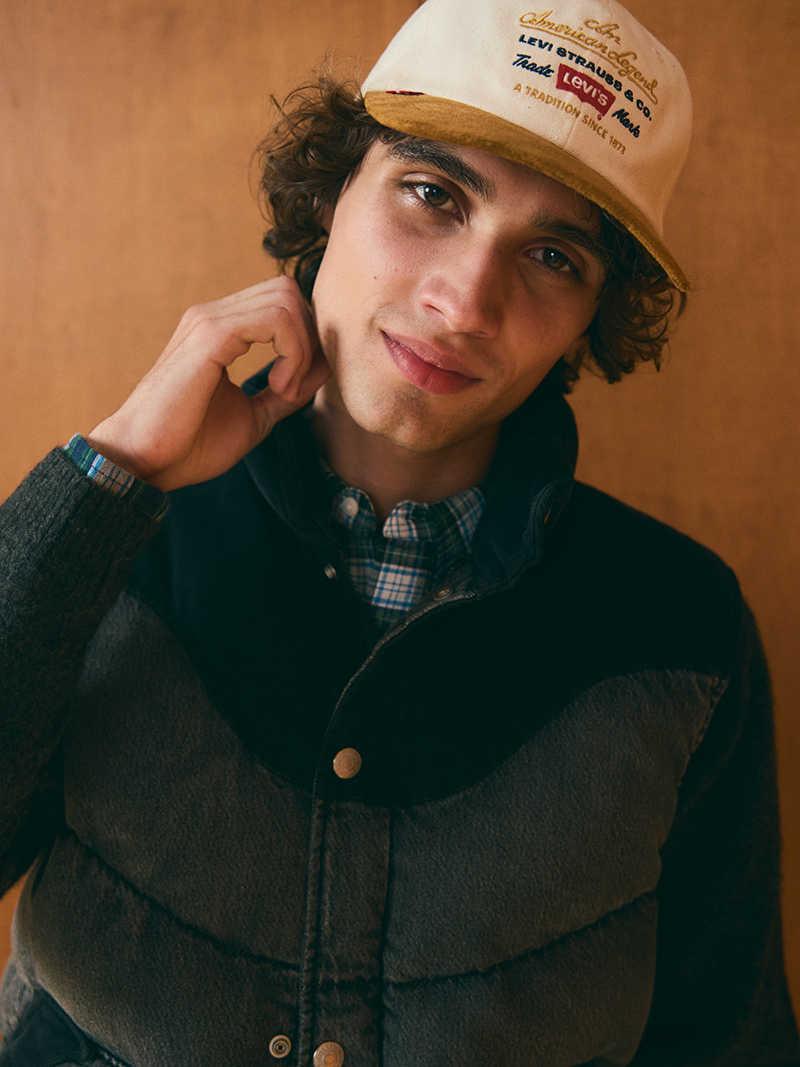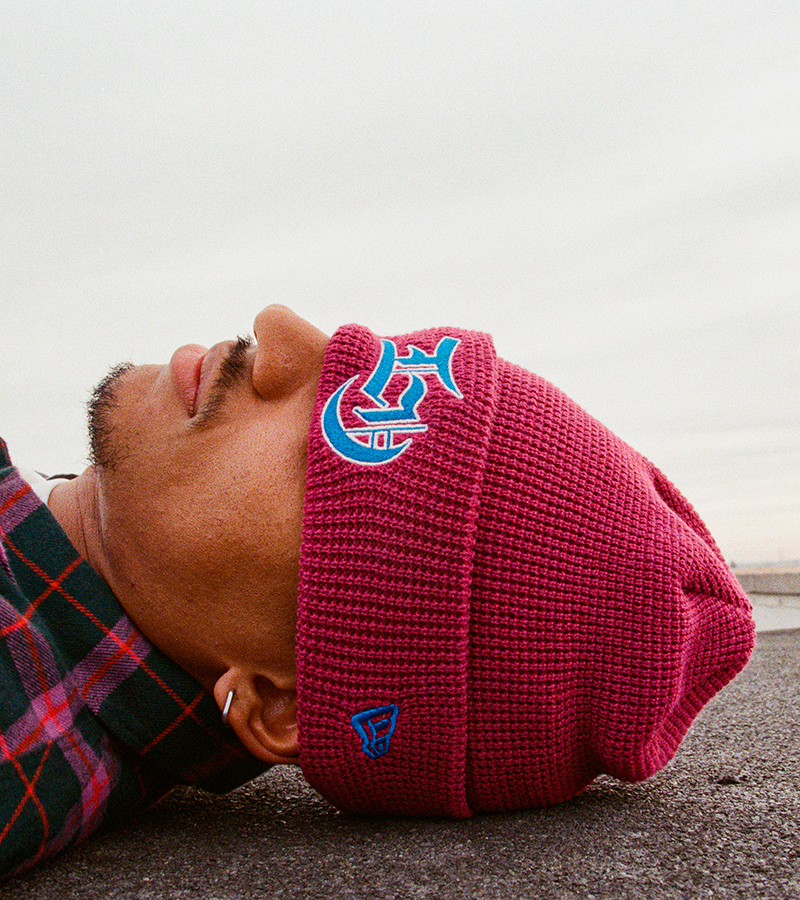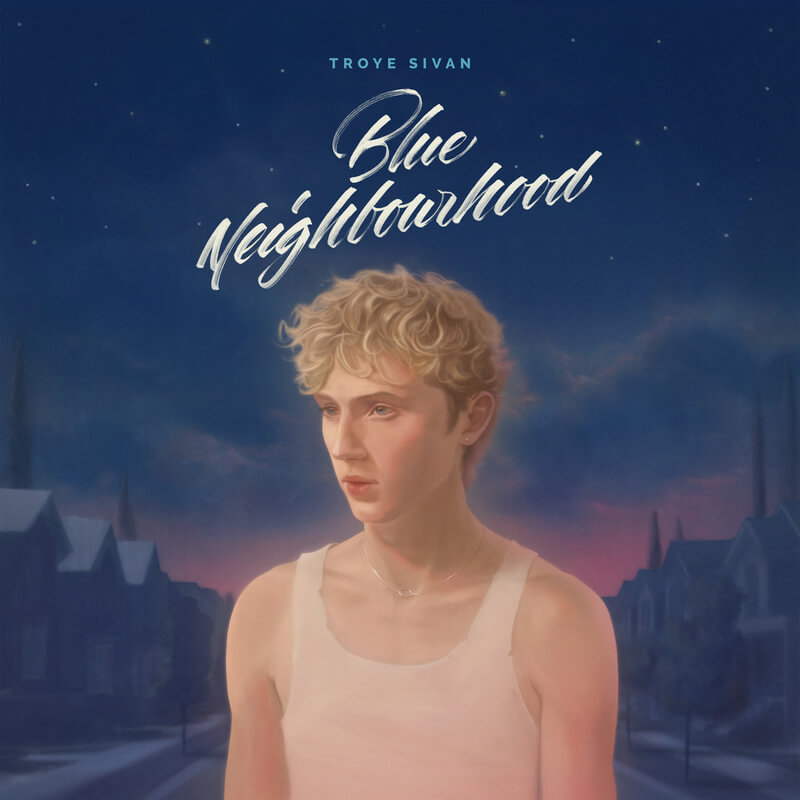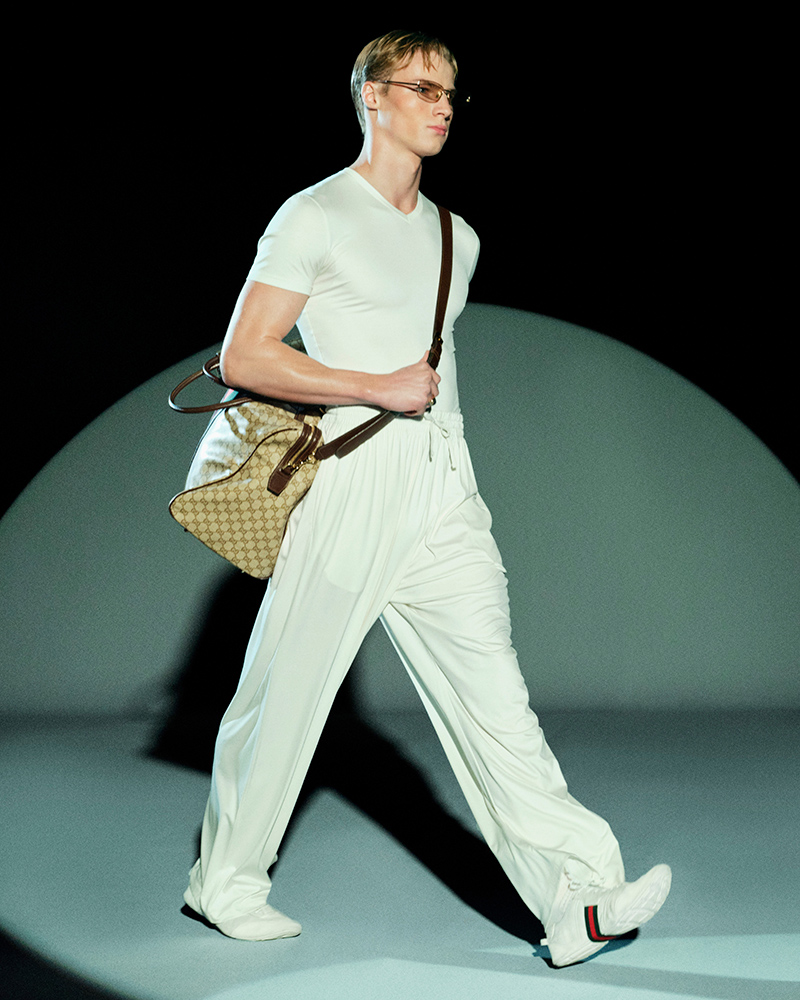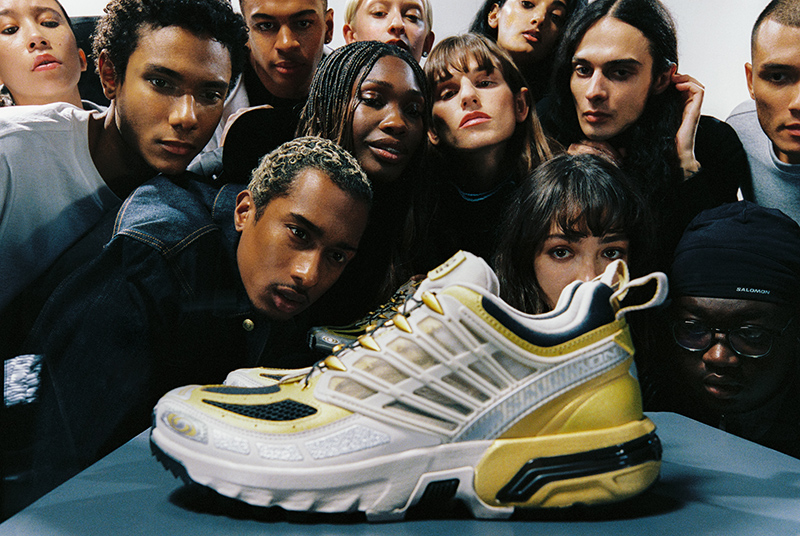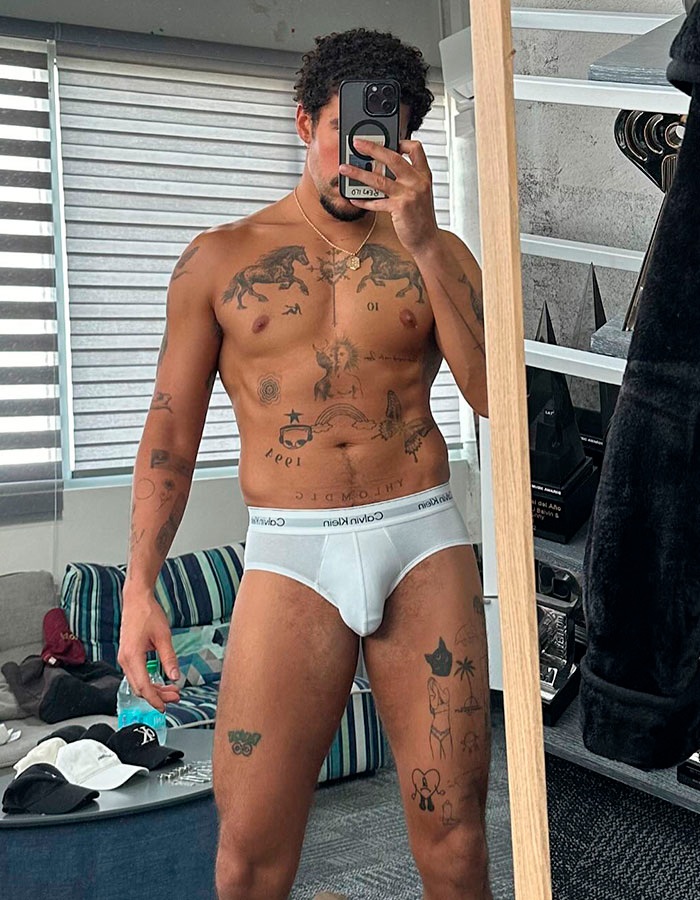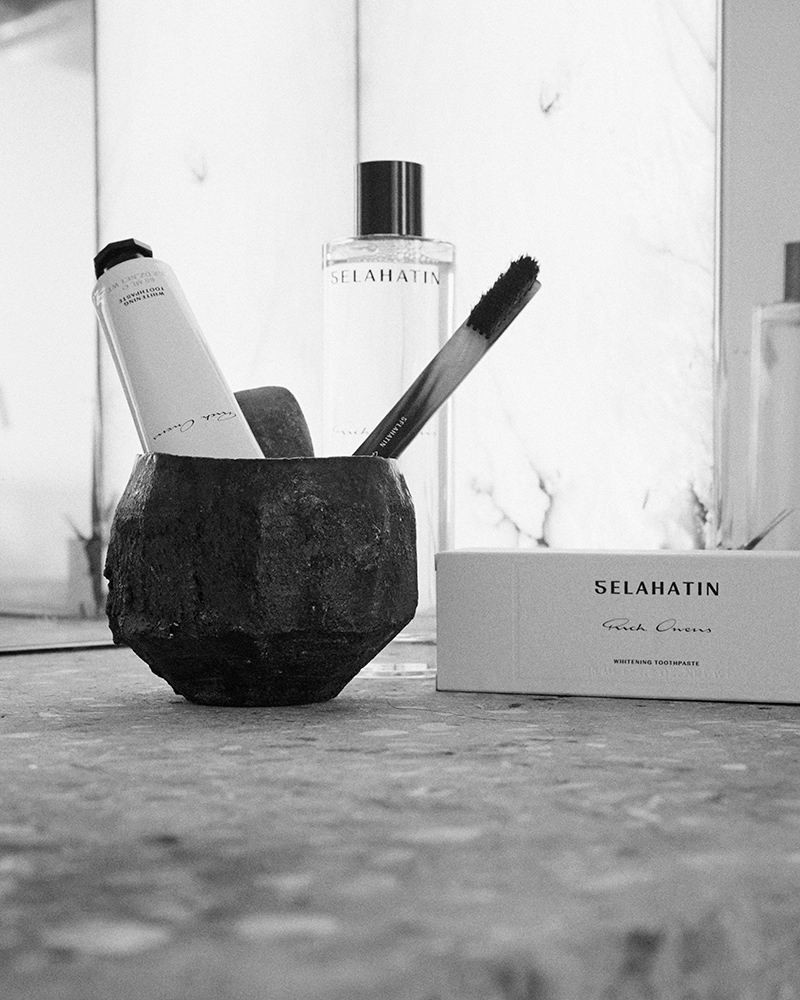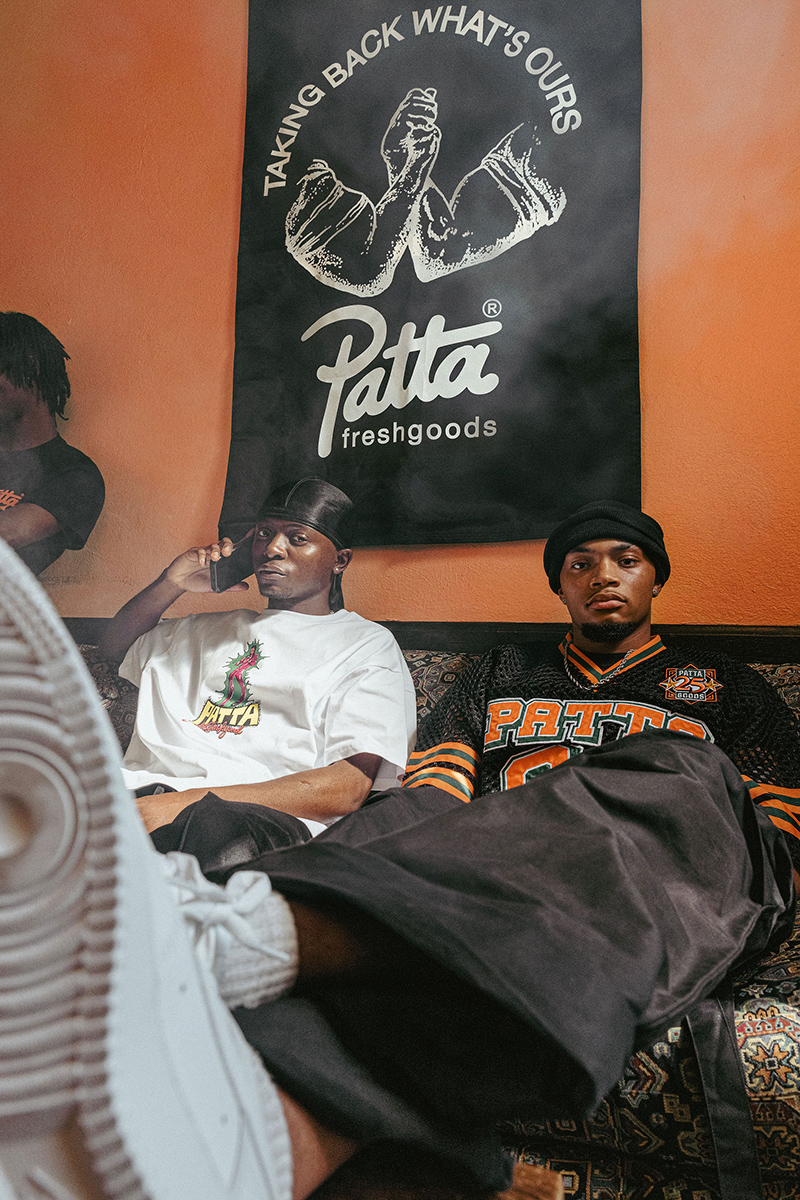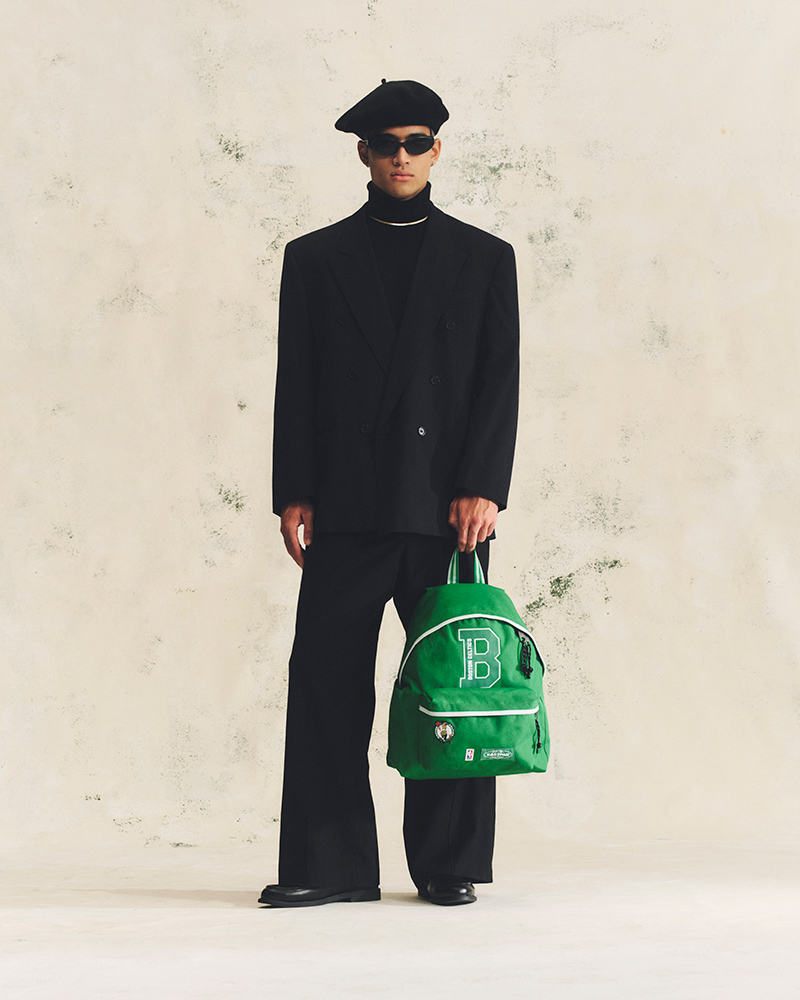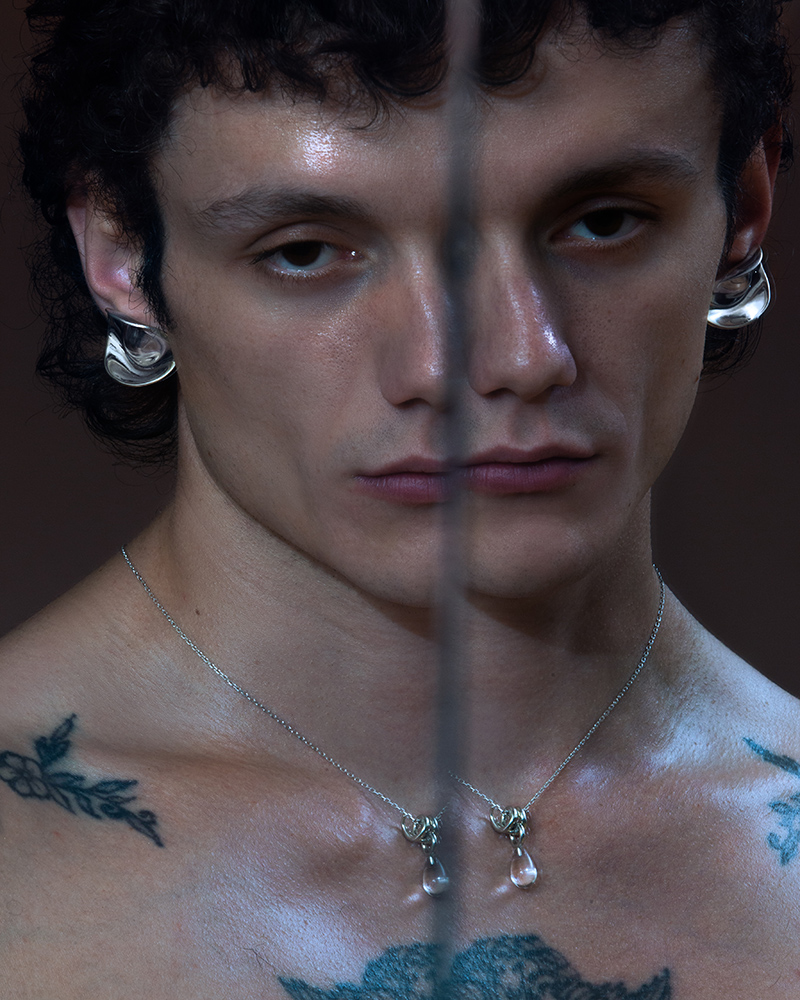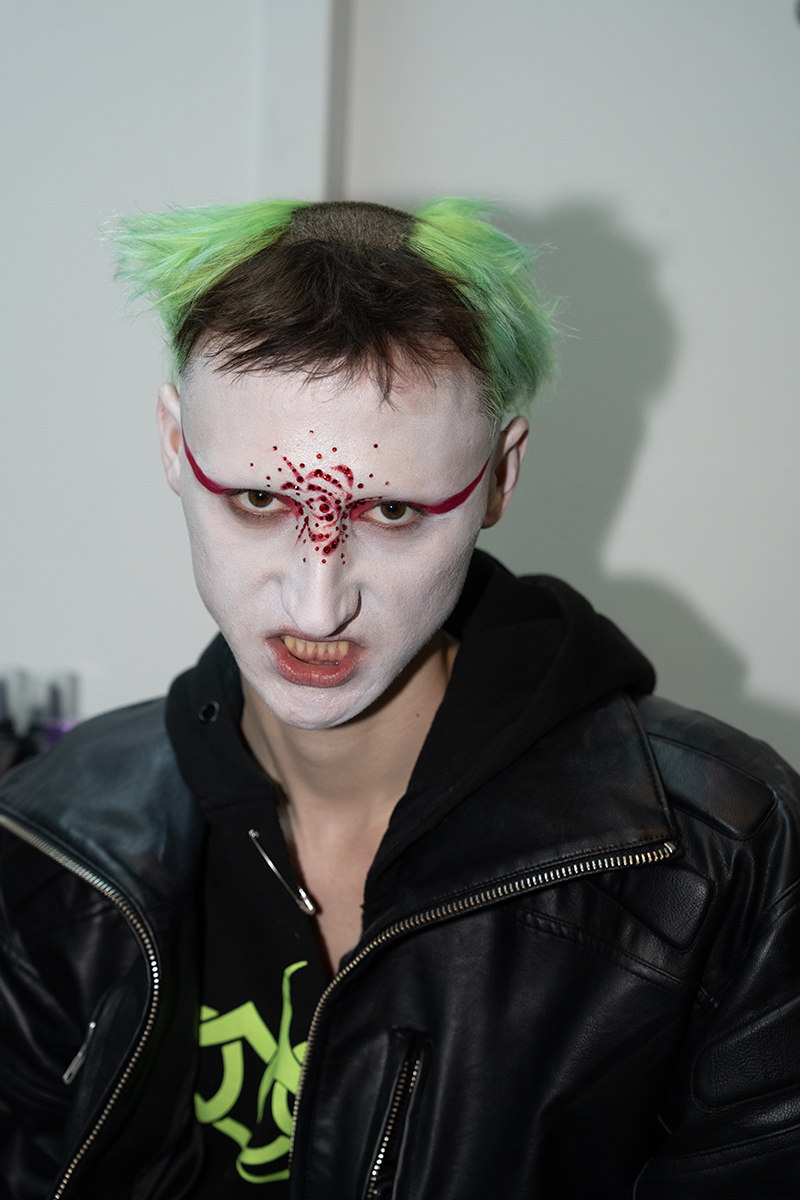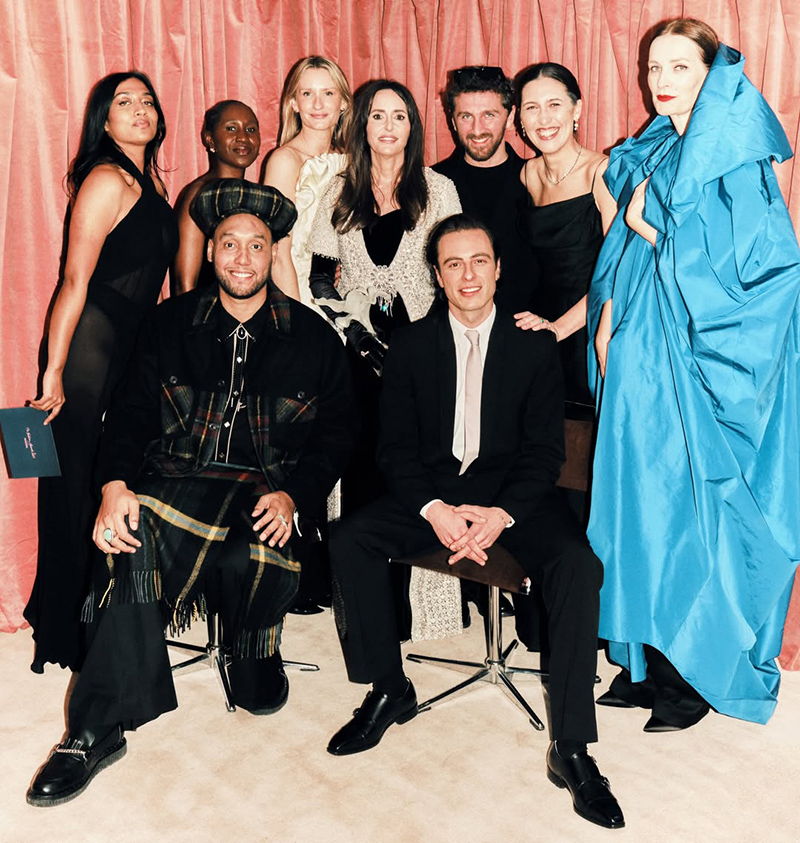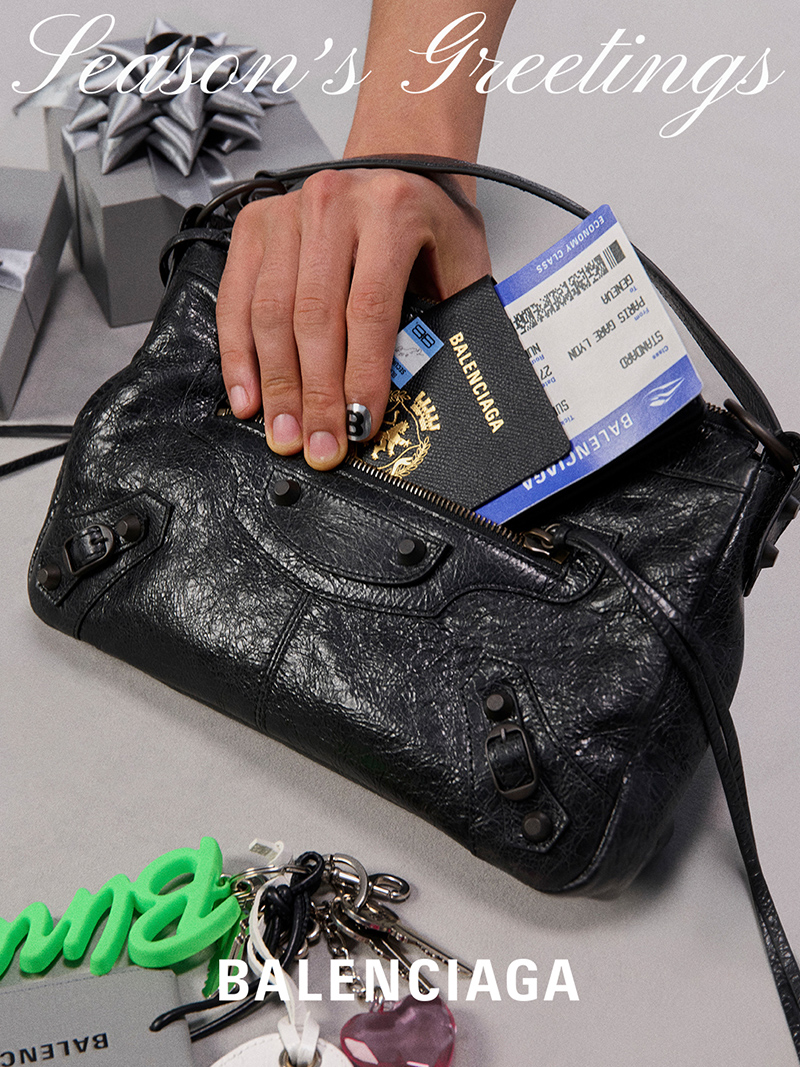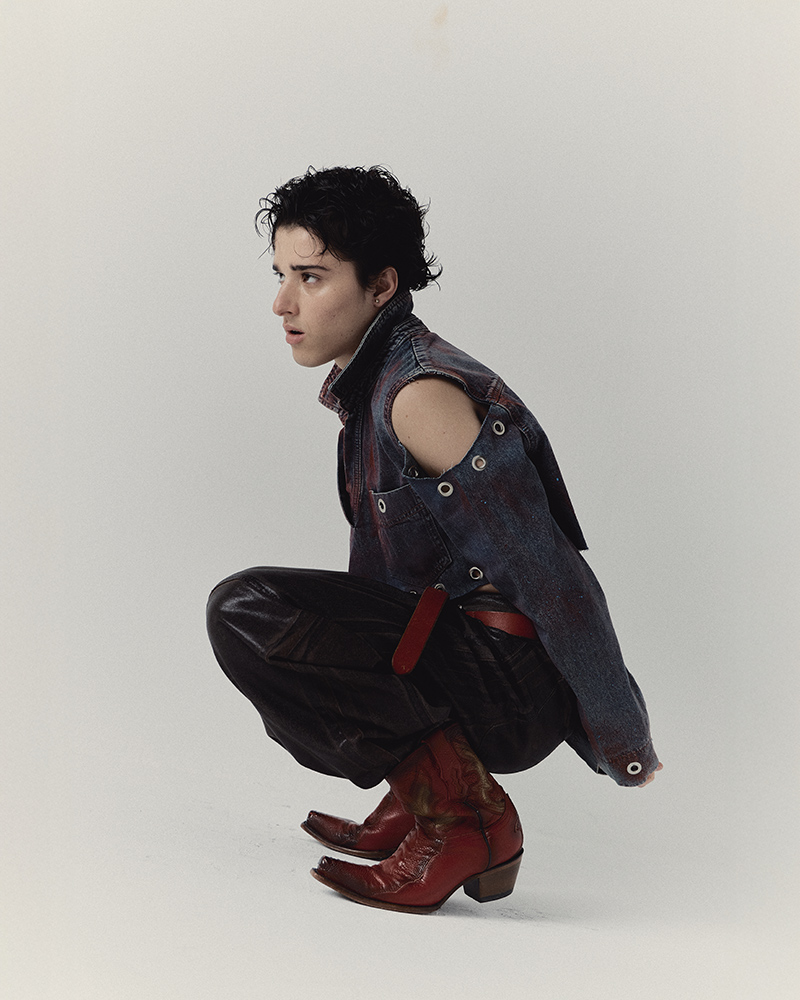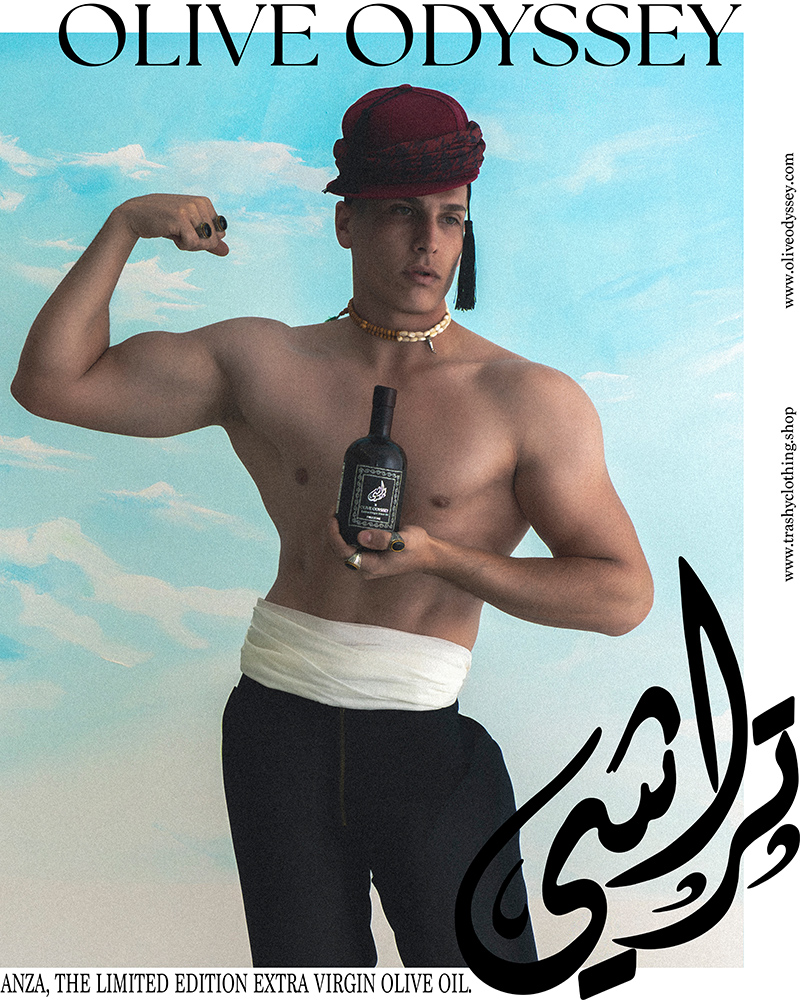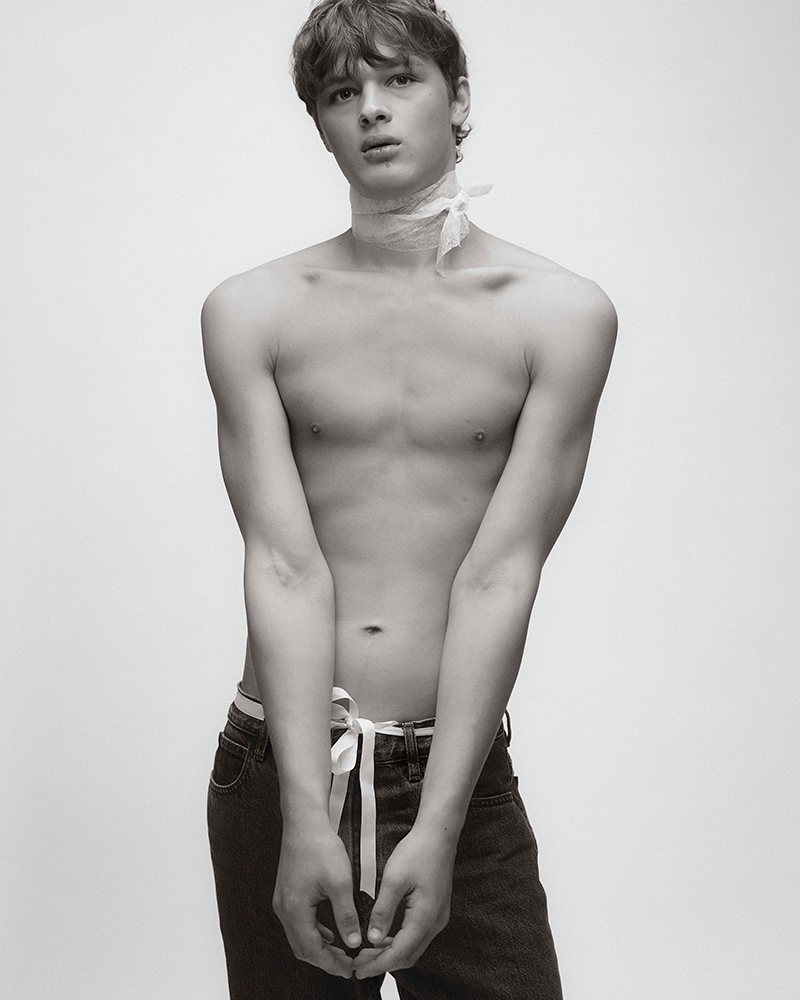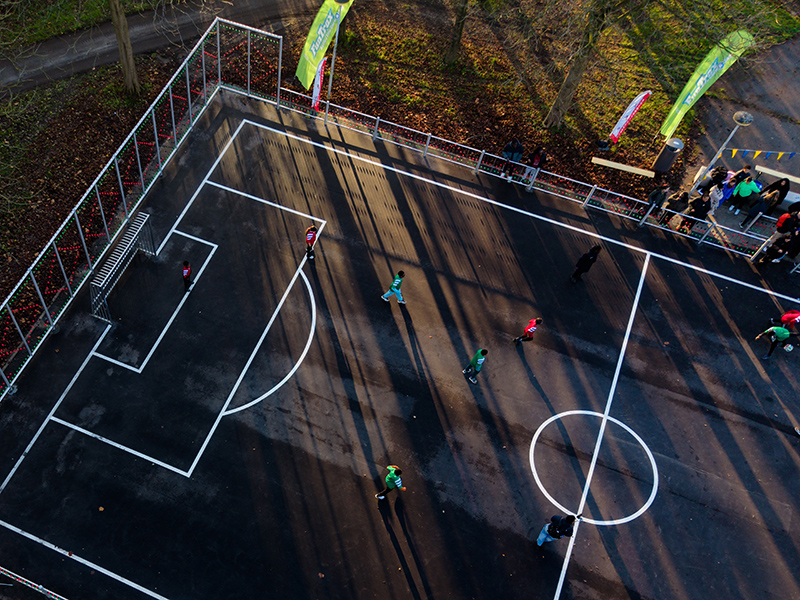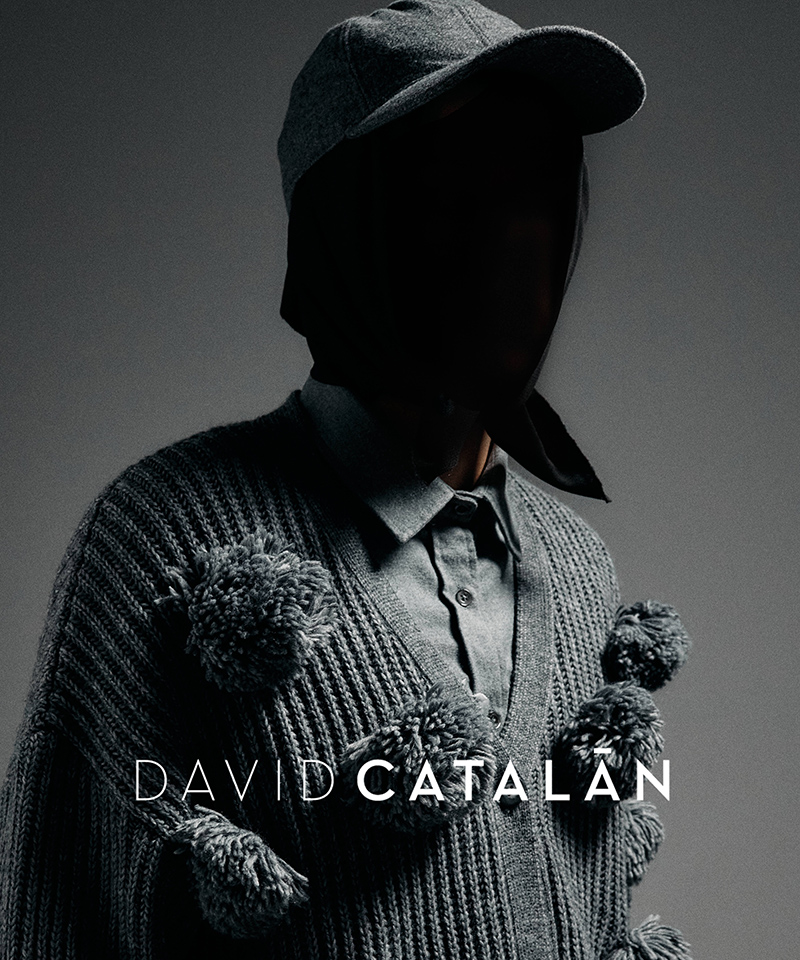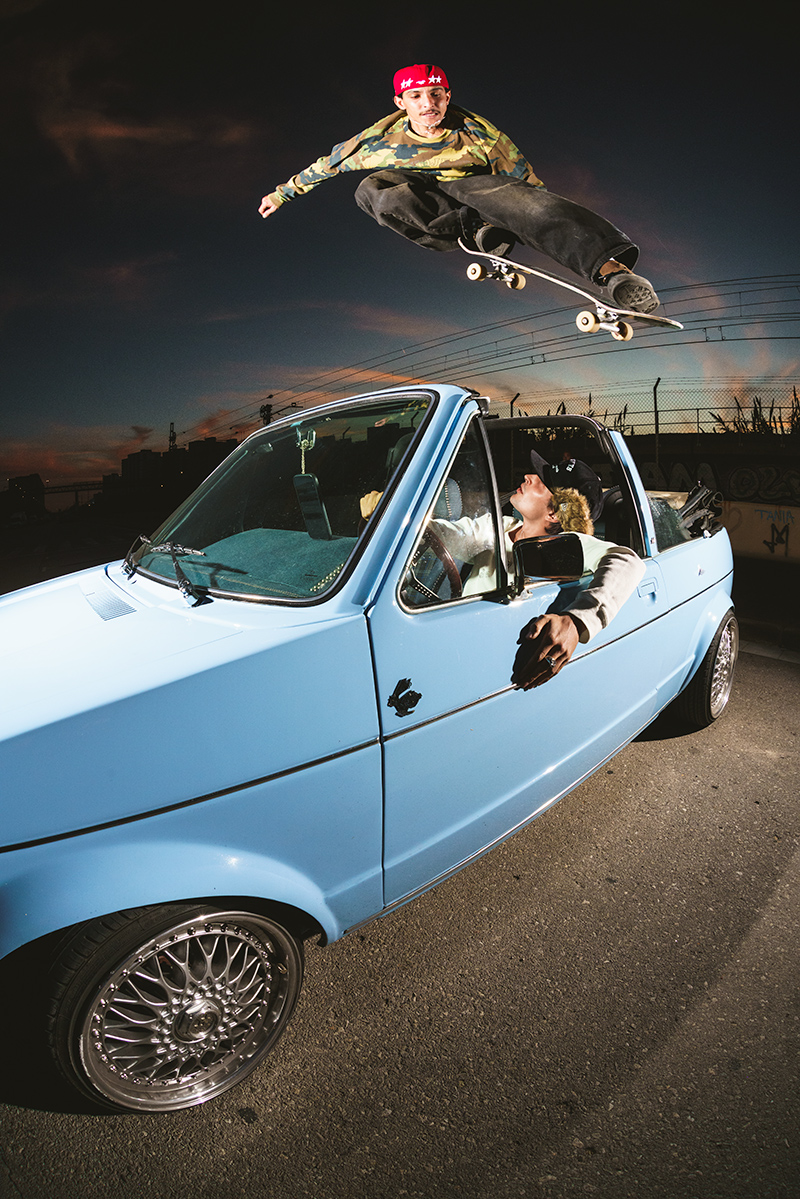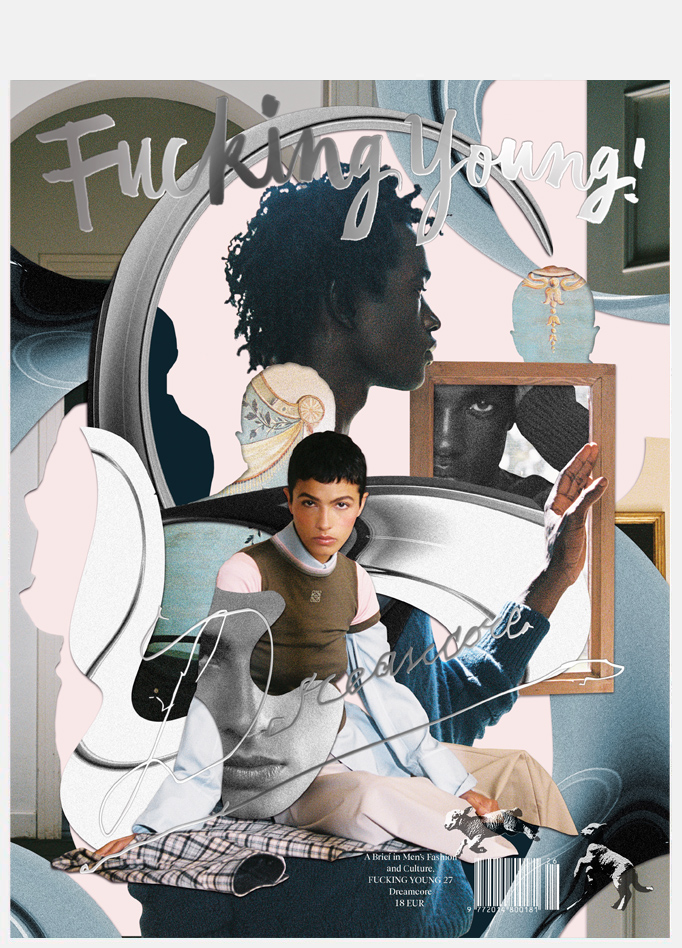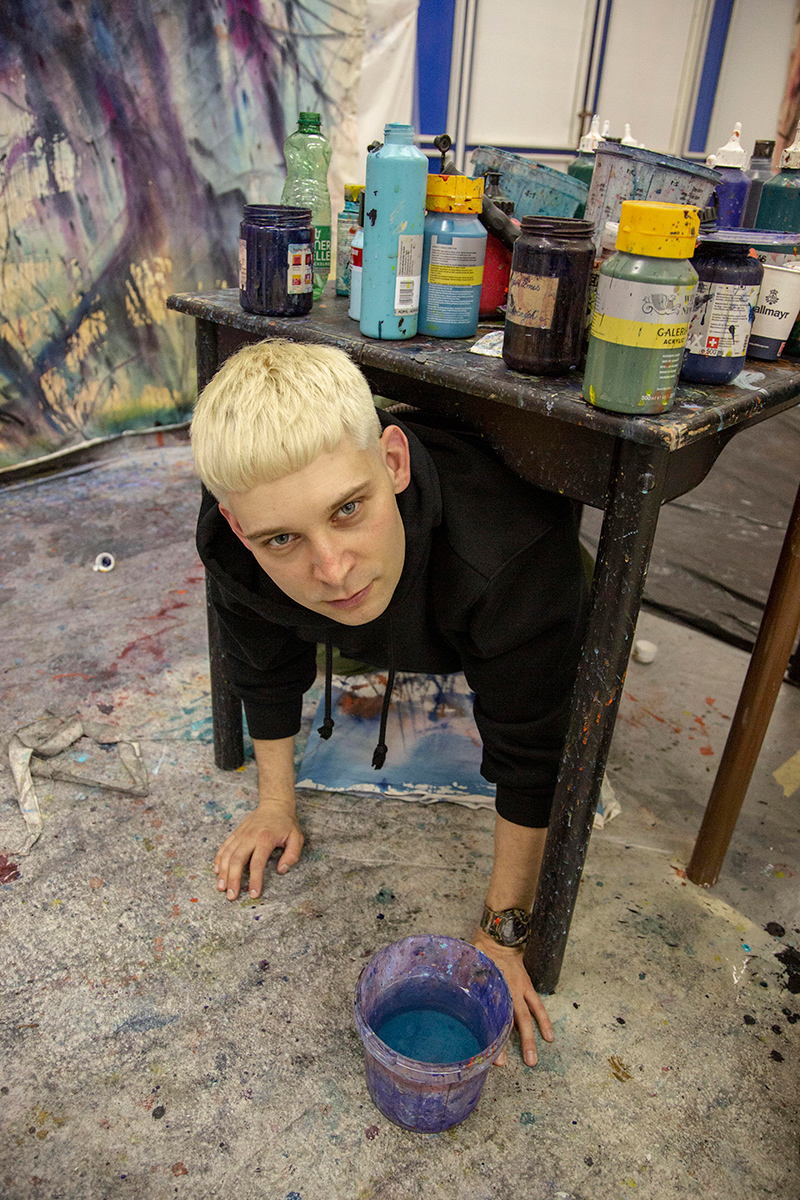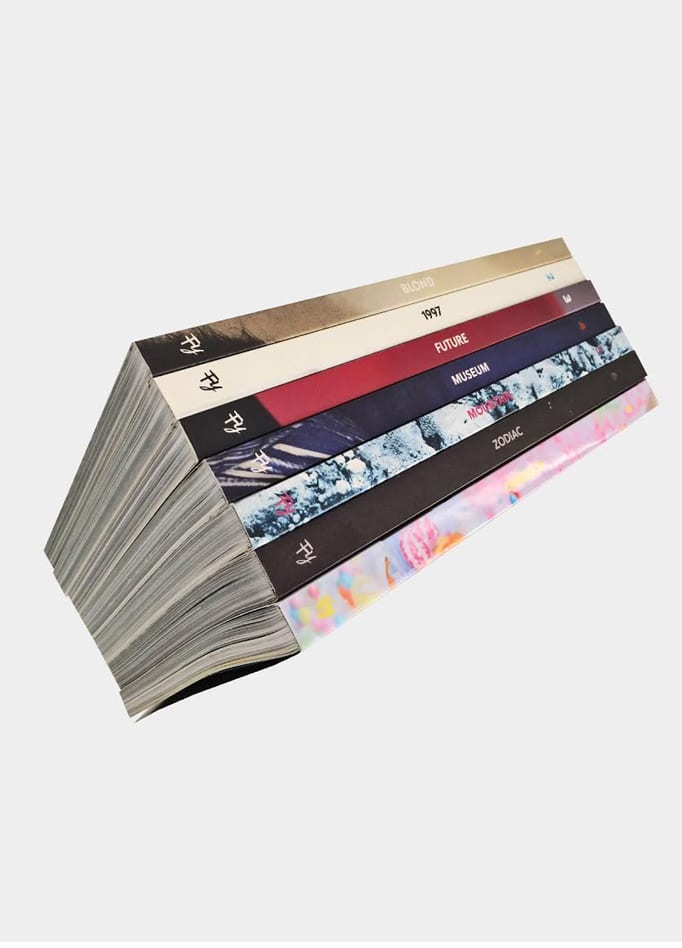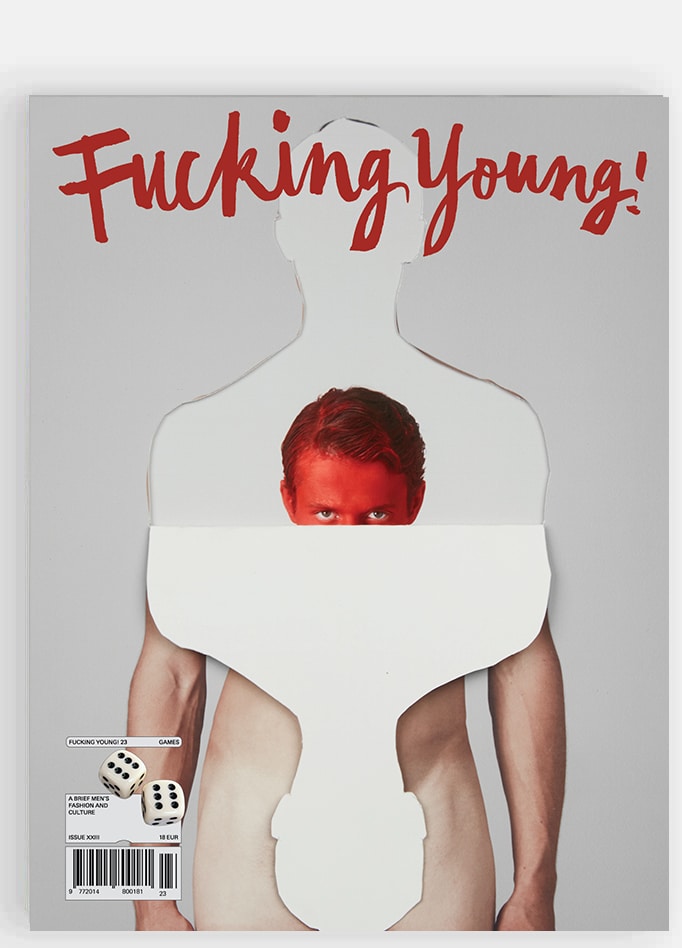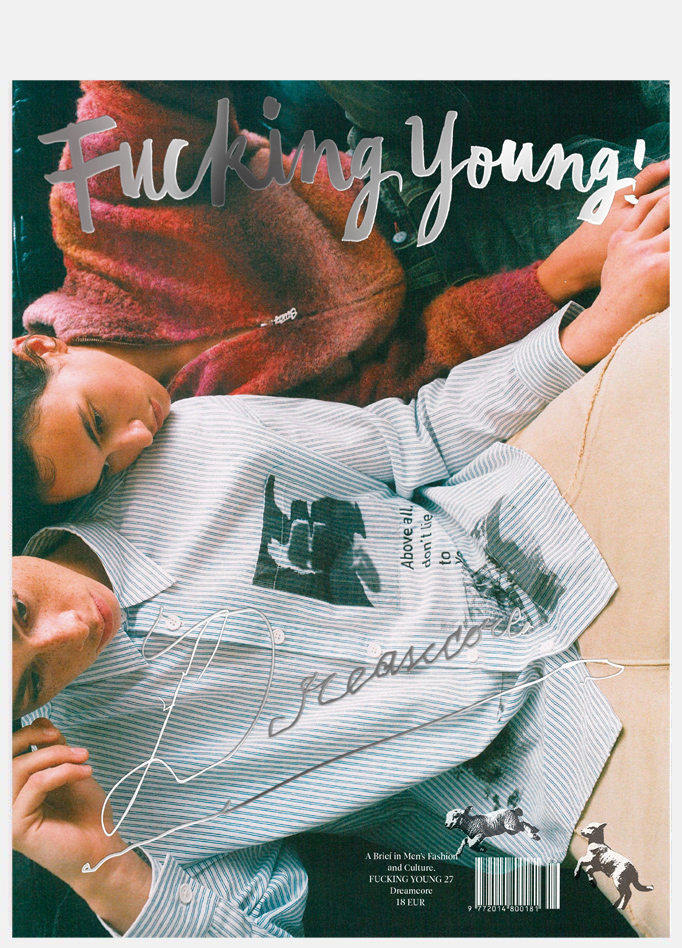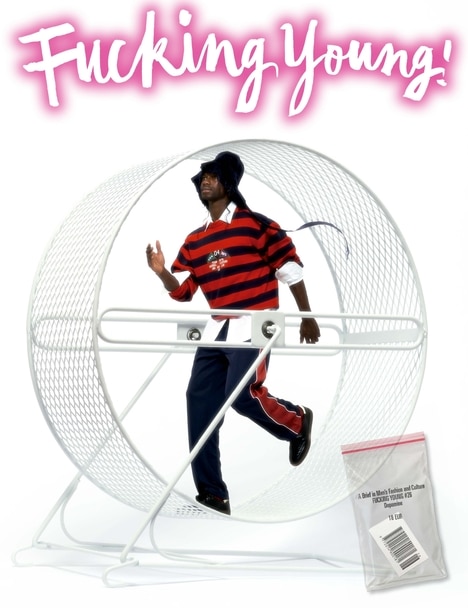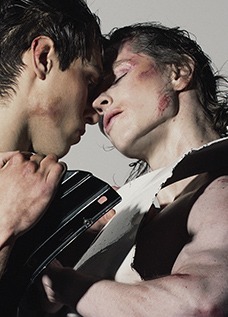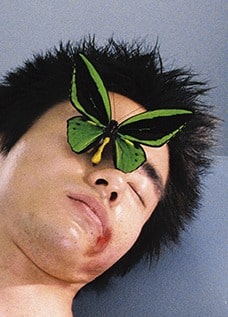Art lovers, save the date. Art Basel Paris 2025 arrives this October as a reaffirmation of Paris’s position in the global contemporary art world. From October 24 to 26, the Grand Palais, resplendent under its glass roof, will host over 200 galleries from across the globe, offering a vibrant snapshot of the cutting edge in visual culture.
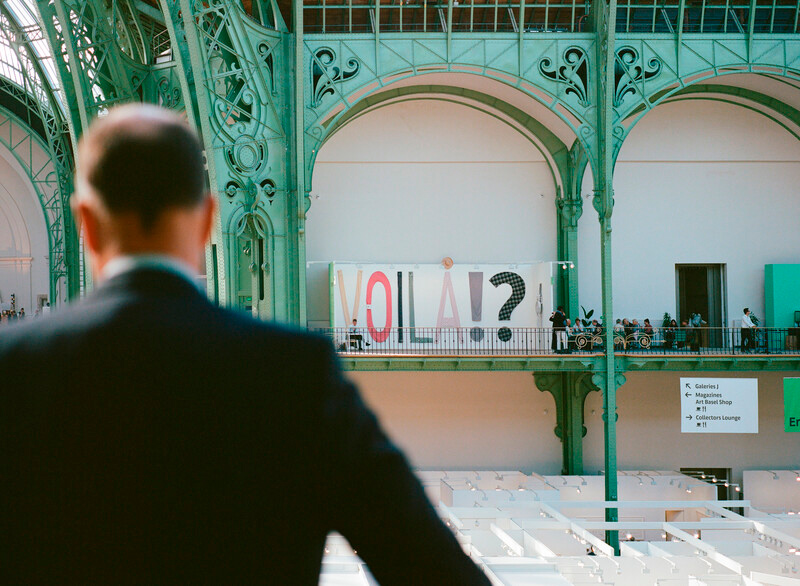
One of the defining features of Art Basel Paris 2025 is its threefold sectional structure, which helps balance established names and emergent voices. The Galleries sector will anchor the fair, presenting modern, postwar, and contemporary works through solo and thematic displays.The Emergence sector, housed on the balconies of the Grand Palais, is reserved for younger galleries and artists, a platform for fresh and experimental forms. Meanwhile, the Premise sector returns with curatorial proposals that may reach beyond conventional gallery presentation, sometimes even stretching into dialogue with works created before 1900.
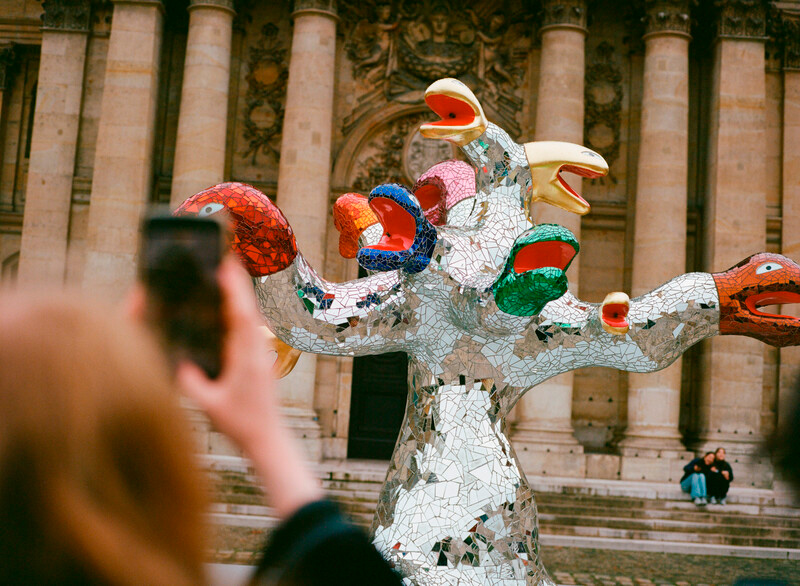
Beyond the fair’s booths, the Public Program turns Paris itself into a stage. Nine emblematic venues across the city will host off-site exhibitions, installations, and collaborative projects. In past and current plans, partnerships have involved institutions such as the Louvre, Musée d’Orsay, Institut de France, and the Domaine du Palais‑Royal. One striking example is the transformation of Avenue Winston Churchill, which runs between the Petit Palais and Grand Palais: for October 21–26, it will become an open-air sculpture park featuring monumental works by artists from countries as diverse as Japan, China, and the United States. At the fair itself, the Fonds d’art contemporain, Paris Collections will present a dedicated stand, showing recent acquisitions that engage with themes of cultural heritage, appropriation, and border crossings.
Yet even as Art Basel Paris 2025 promises spectacle and exchange, it unfolds against headwinds in the art sector. Many French galleries continue to express deep unease over rising participation costs, declining revenue, and troubles attracting new audiences. The broader art market has seen a pullback in high‑end sales, and many fairs, including Basel, are responding by including more mid‑priced works to adapt to shifting collector sentiment. In this context, Paris’s bold move to integrate public space and institutional collaboration signals both ambition and a willingness to experiment with more democratic models of access.
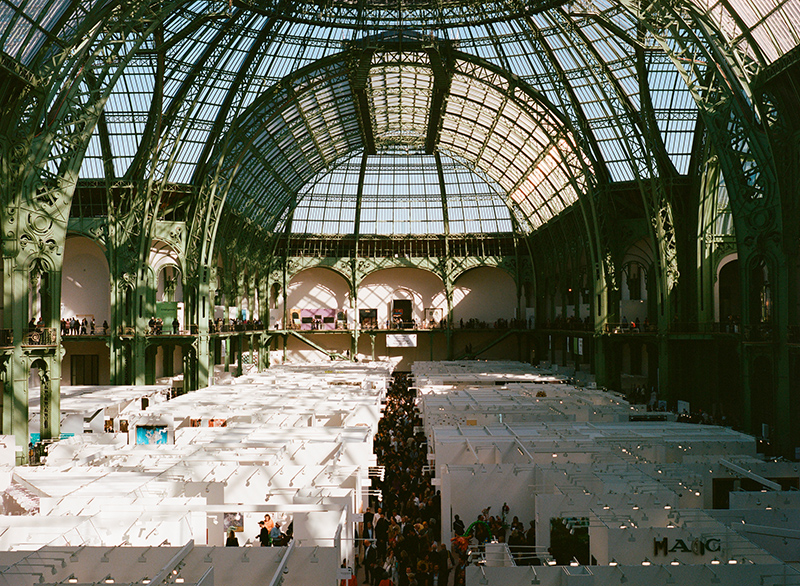
Art Basel Paris 2025 has deepened its partnership with Miu Miu, naming the Italian fashion house as Public Program Official Partner for the second year in a row. As part of this collaboration, Miu Miu is commissioning a major work called 30 Blizzards by British artist Helen Marten, to be shown at the Palais d’Iéna from October 22‑26. Through this commission, the Miu Miu‑Art Basel Paris partnership highlights a growing interest in where fashion and contemporary art (especially performance) intersect, with an emphasis on narratives of femininity, identity, and experimentation.
Alongside Miu Miu, this year fashion documentarian Loïc Prigent takes a central curatorial role in the initiative Oh La La!, which reimagines the presentation of works in the gallery booths after the VIP days. Under the theme “À la mode,” Prigent brings his signature wit and sharp eye to explore the intersections of art and fashion, style, elegance, textile, the politics of clothing, and sartorial identity. In addition to shaping the visual and thematic direction of Oh La La!, he will lead exclusive tours (in partnership with Airbnb) that offer visitors anecdotal, behind‑the‑scenes journeys through emerging galleries, turning what might be a traditional fair visit into a narrative experience.
Ultimately, Art Basel Paris 2025 is more than a trade fair; it is a cultural moment that seeks to reframe the dialogue between art, place, and public life. Under the Grand Palais’s soaring dome, art will be on display not just behind walls but throughout the city, inviting both seasoned collectors and curious newcomers to see how Paris continues to shape and reflect contemporary visual culture.

